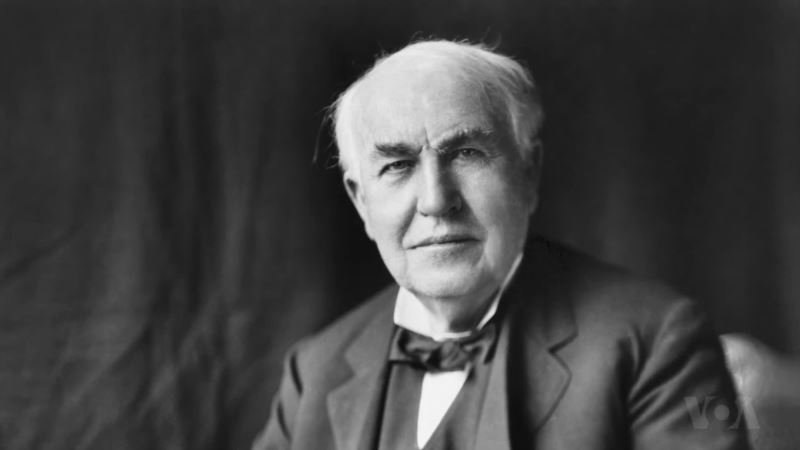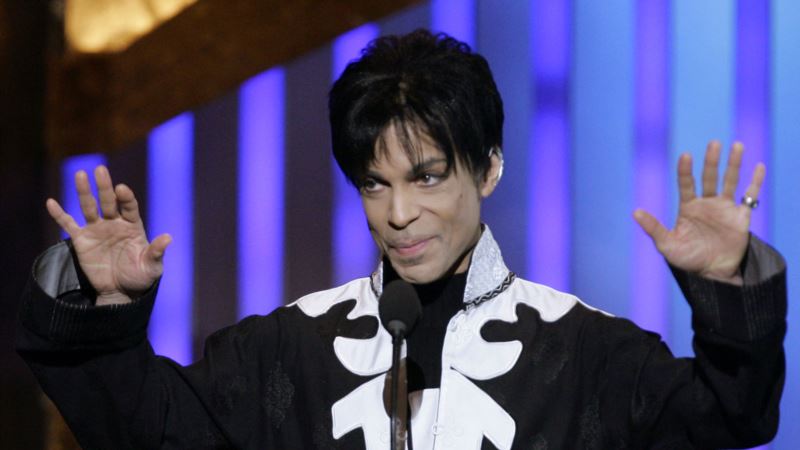Thomas Alva Edison famously once said, "Genius is one percent inspiration and ninety-nine percent perspiration." But Edison’s one percent inspiration resulted in hundreds of inventions that have revolutionized life for millions of people around the world. While he’s best known for creating the first long-lasting electric lightbulb in 1879, Edison also invented — and perfected — more than 1,000 other products… from phonographs and mimeographs, to storage batteries and the first talking doll. Edison’s favorite invention His favorite, historians say, is the phonograph; the first machine that could capture sound and play it back. Edison lost his hearing in childhood, but he invented the phonograph in 1877 as a young man and immediately fell in love with it. So much so that he called it his "baby." He improved it in incremental stages over the next fifty years. An 1888 recording — titled "Around the World on the Phonograph" — is believed to be the earliest existing recording of Thomas Edison's voice. Edison took his discoveries a step further the next year by developing a phonographic (talking) doll, an invention that set an early milestone in the history and technology of recorded sound. Thomas Edison National Historical Park The house where Edison lived and worked in West Orange, New Jersey, is now a U.S. National Park Service site where visitors can step back in time and get a sense of the day-to-day life of America’s greatest inventor. National parks traveler Mikah Meyer, who's on a mission to visit all of the more than 400 sites within the National Park Service, spent a day immersing himself in Edison history at the inventor’s home and laboratory. “They do a really great job of basically saying that all the technology that you now have — and can access in your hand through your smartphone — would not exist was it not for Thomas Edison’s early work,” Micah told VOA in a recent conversation. A prolific inventor “The lab helped produce some of Edison's most famous inventions,” Mikah said, and added that it was a fitting place to have been videotaping the complex on his cell phone. “If it wasn't for Edison, we might not have this phone, or the electricity to power it.” Much of the site has been kept intact, from the office and library where Edison kept all his records, to the giant factory next door. “He had this giant storage container with basically anything and everything you could think of… so it was this massive operation,” Mikah said. One of the things that was particularly interesting about the complex, he noted, was that “rather than it being a place where somebody designs [a product] at one firm, in one building, and then somebody manufactures it at another, and they get the resources from another place, everything was in-house. So they were designing, they were building, they were shipping, all from this one location that the National Park Service now preserves,” he said. With 400,000 artifacts and over five million pages of documents, the site looks very much as it did when Edison was working there. “To modern eyes everything looks so old and antiquated but I can imagine that if you were somebody at the time and you wanted to be in the forefront of creating things and inventing new objects, that this would be the place to go,” Mikah said. “You’d probably want to be part of this team just the way that people come to New York if they want to be on Broadway, or they go to LA if they want to be in movies," he added. "I can imagine that this would be the place, the hub where you’d want to be.” Father of Motion Pictures Edison was also one of the first inventors of the first motion picture camera. In October, 1888, he wrote, "I am experimenting upon an instrument which does for the eye what the phonograph does for the ear.” He joined the ranks of other inventors in elsewhere in the world who were making important discoveries in the movie-making process. In 1896, Thomas Armat and Francis Jenkins designed the Phantoscope, an early movie projector that displayed the film onto a screen so that a roomful of people could all watch at the same time. Edison bought the rights to the machine and started making his own projectors. The Lumière brothers, Auguste and Louis, in France, also played a key role in the development of movies. But with his huge laboratory in West Orange, Edison was able to put the pieces of the puzzle together, which is why he is sometimes referred to as the "Father of Motion Pictures." On the property in West Orange is a black structure called The Black Maria, considered to be the world's first building constructed solely for the production of movies. “It was designed on a pivot-and-turn system so that it could capture the direct sunlight as easily as possible to make the films,” Mikah explained. "Because they didn't have the ability to light movies the way that we do now." “It was just amazing to imagine humans physically turning that, you've got people working all the different aspects of the camera,” Mikah said. “Stuff that I can now film from the palm of my hand on my iPhone.” Edison’s early attempts at movie-making helped set the stage for the remarkable achievements that have been made in film-making since then… and made possible just about every form of digital media we use today.
Thomas Edison Historic Site Electrifies Parks Traveler






